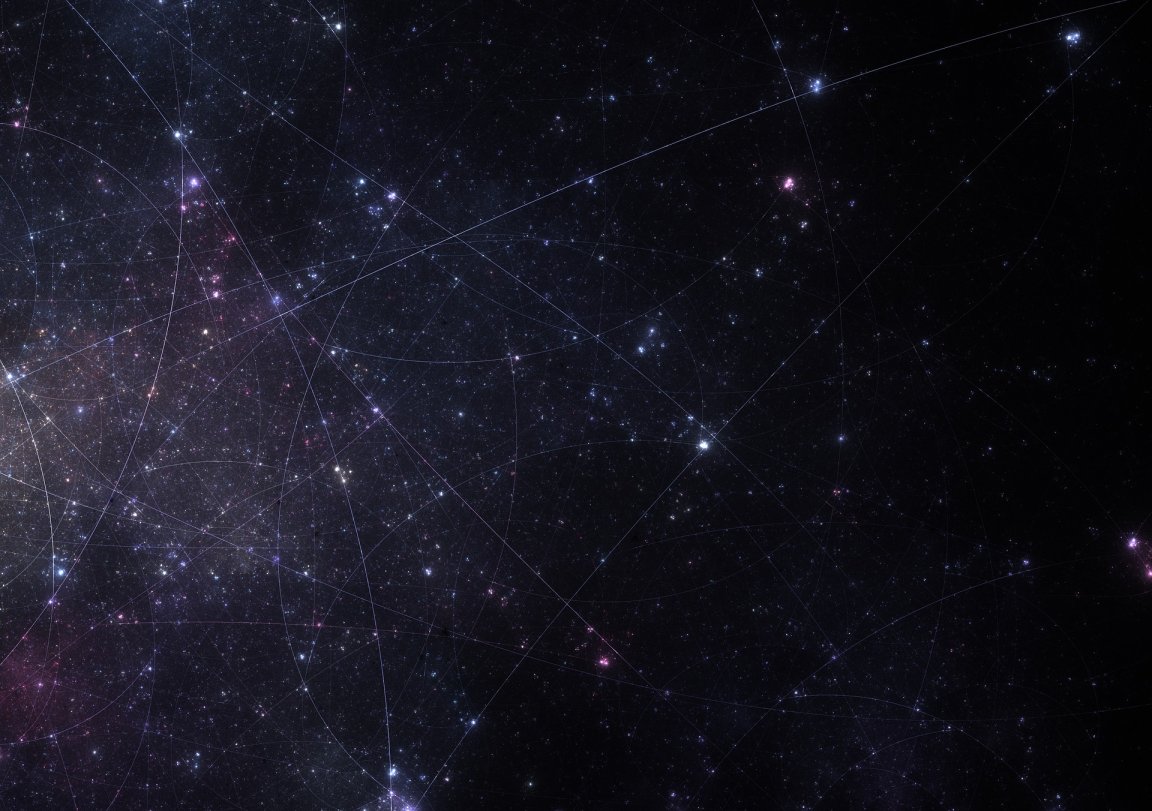
Quantum Confusion
In the 1980s, the US was constructing the Texas Superconducting Super Collider. It was designed to collide protons together so that scientists could study how gluons, which hold the quarks in protons together, interact. But at the time, gluons and their interactions were so complex that understanding them seemed impossible — especially since calculating gluon interaction outcomes involved hundreds of Richard Feynman diagrams and pages of algebra.

In 1986, scientists used supercomputers and Feynman diagrams to calculate the likelihoods of various outcomes of six gluon interactions. They then made an educated guess and posited a one-line formula to replace the more than 200 Feynman diagrams and countless lines of algebra — and their single equation was correct. There was just one problem: they didn’t know why.
Finally, in 2005, a new research team derived the guesswork equation for that same six-gluon interaction, and this time they had a solid guess about what their method (the BCFW method, named after the researchers’ last names) could mean. The basic idea was that the central objects of the theory were rays of light, twistors, rather than particles, and the various terms of the method could be interpreted as volumes of tetrahedrons in twistor space.

The conclusion, then, is that adding those up gives you the volume of a mysterious polyhedron — albeit a mind-bogglingly difficult one from a computational standpoint. But now, a team from the Institute of Advanced Studies (IAS) in New Jersey has built on this work by characterizing a new mathematical object, a multi-dimensional, interconnected series of polyhedrons: the amplituhedron. The amplituhedron is not a physical object, but an abstraction that allows scientists to model how the details of particle interactions play out. There are as many amplituhedra as there are possible ways for particles to interact.
A New Reality
The comparison to the Feynman diagrams these abstract objects replace is noteworthy; calculating the volume of a single amplituhedron replaces thousands of diagrams and calculations by a supercomputer. The parameters of the problem change: it becomes a purely mathematical problem. This work may also push us closer to a unified theory of everything, because the amplituhedron sets up the calculation of something local and unitary that is related to its geometry, not something rooted in space-time. In other words, locality might be an emergent feature of space-time.
For quantum mechanics and gravity to coexist, locality has to go, and the amplituhedron suggests that this is possible. This means it clears the way for a quantum theory of gravity, opening up the possibilities of understanding the inner workings of black holes and perhaps even the big bang.[infographic postid=”4238″][/infographic]
The challenge now is to extend this geometric thought process and apply it to more realistic, less symmetrical models of particle interactions. Ultimately, researchers will need to eliminate locality in order to include gravity — no easy feat. Nima Arkani-Hamed, who leads the IAS team, told the audience at the String-Math 2016 conference in Paris, France that they are confident that space-time and quantum mechanics will ultimately emerge as one: “In this baby example that’s exactly what happens. There is no way in this geometry to decouple the piece which is space-time from the piece which is quantum mechanics. It’s all one and the same aspect of the underlying positive geometry.”